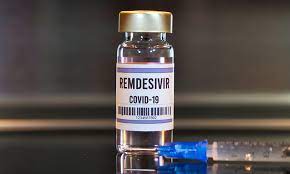A recent study published in PNAS Nexus has unveiled a surprising correlation between the decrease in air pollution and the alarming rise in Legionnaires’ disease cases. The research suggests that the reduction in sulfur dioxide (SO2) emissions, a key component of air pollution control efforts, may inadvertently contribute to the proliferation of Legionella bacteria, the culprit behind the severe respiratory infection.
Legionnaires’ disease, characterized by a mortality rate ranging from 10% to 25%, is contracted through the inhalation of Legionella bacteria. These bacteria thrive in water sources such as cooling towers, hot tubs, and even home humidifiers. However, the recent study sheds light on how airborne water droplets, laden with Legionella bacteria, can uptake sulfur dioxide from the ambient air.
The team of researchers led by Fangqun Yu and Arshad A. Nair found that high levels of SO2 in the air can render the water droplets acidic, creating an inhospitable environment for the Legionella bacteria. However, as SO2 pollution declines, the acidity of the water droplets diminishes, allowing the bacteria to survive longer in the air. This prolonged survival increases the likelihood of viable bacteria reaching individuals’ lungs, thus raising the risk of Legionnaires’ disease transmission.
The study’s findings offer a potential explanation for the perplexing surge in Legionnaires’ disease cases witnessed globally since the turn of the century. In the United States alone, reported cases soared from 1,100 in 2000 to nearly 10,000 in 2018, leaving experts scratching their heads. While reducing SO2 pollution undeniably carries numerous health benefits, the researchers emphasize the importance of understanding its unintended consequences.
Public health officials and clinicians are urged to remain vigilant regarding the heightened risk of Legionnaires’ disease amidst declining SO2 pollution levels. Although efforts to curb air pollution should continue unabated, awareness of the potential consequences for respiratory health is paramount.
The study, titled “Mysteriously rapid rise in Legionnaires’ disease incidence correlates with declining atmospheric sulfur dioxide,” underscores the intricate interplay between environmental factors and public health outcomes. With further research and proactive measures, it is hoped that a balance can be struck between environmental protection and safeguarding public health.











